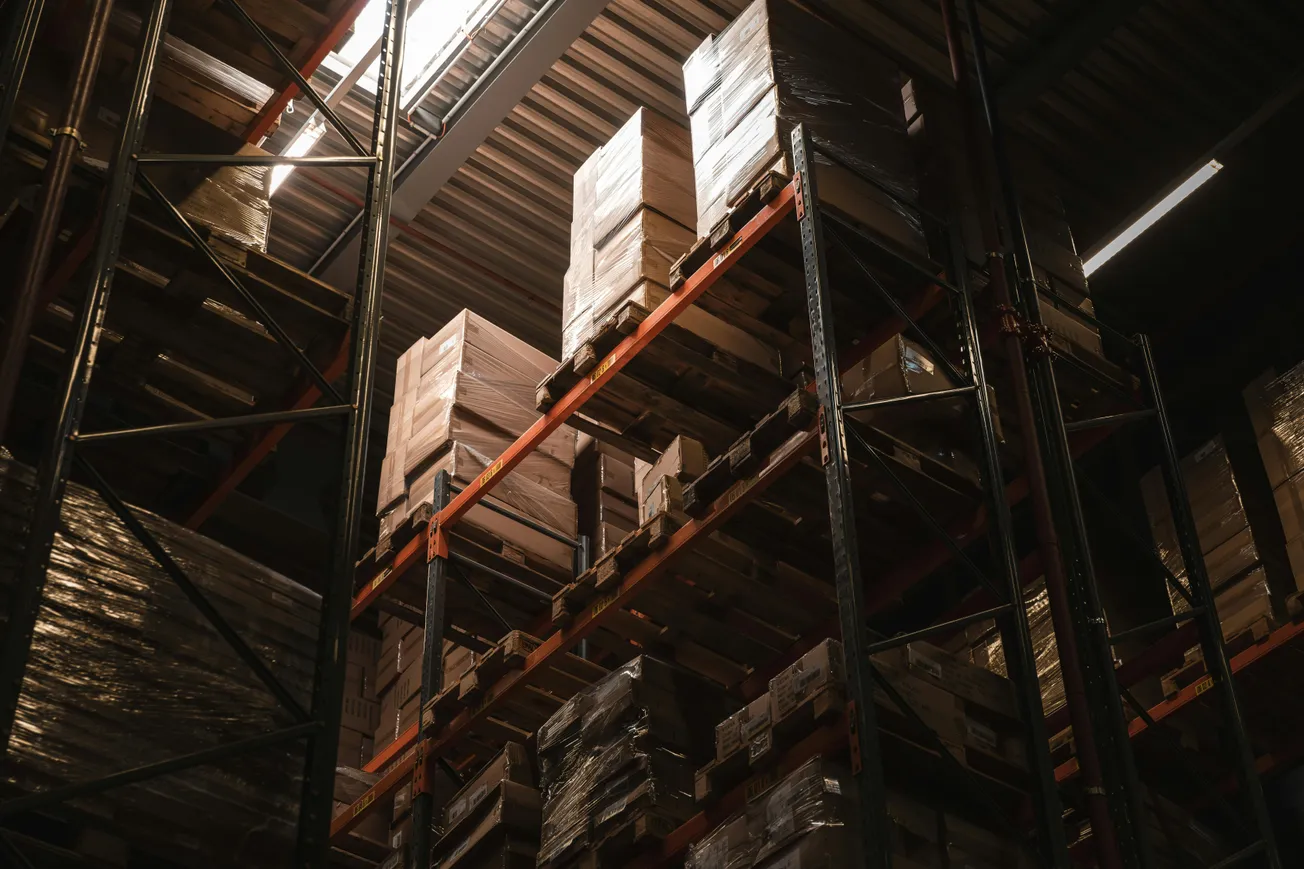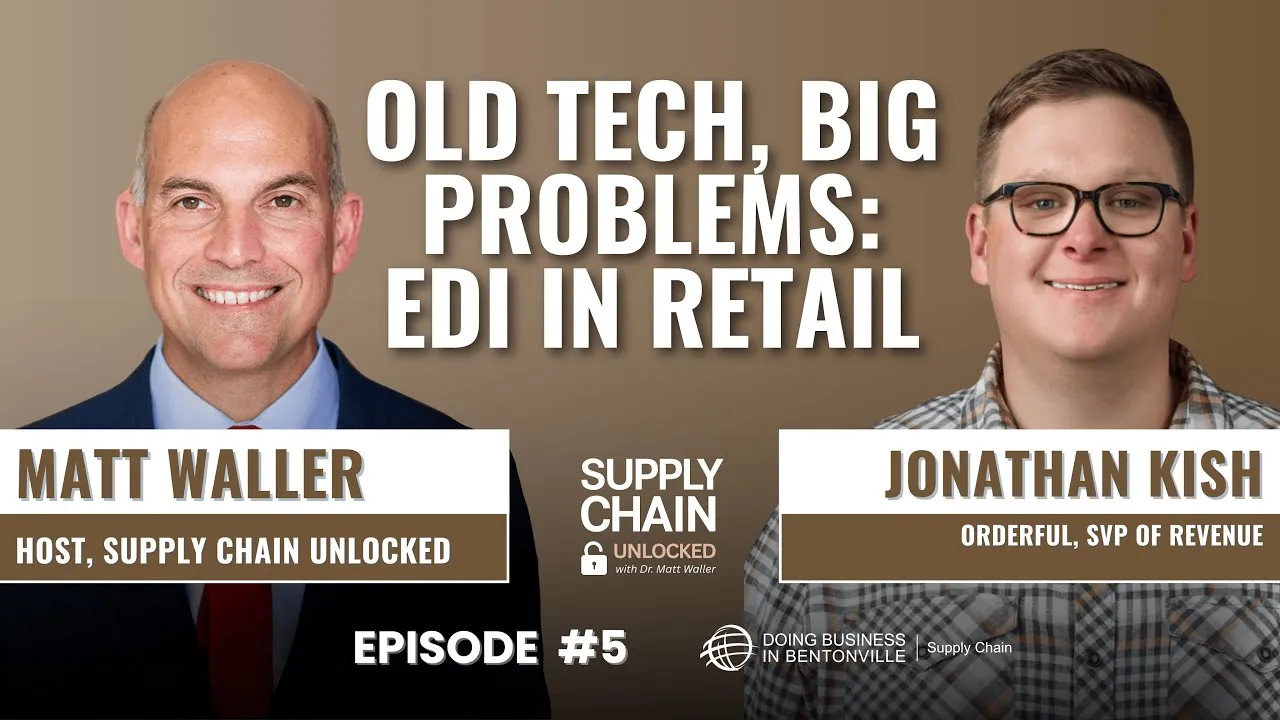Strategic Expansion to Boost Omnichannel Capabilities
Walmart is accelerating its transformation into an omnichannel retail leader by expanding its network of dark stores – dedicated fulfillment centers that serve online and pickup orders exclusively. The retailer recently unveiled new facilities near Bentonville, Arkansas, and Dallas, Texas, signaling a deeper investment in fulfillment infrastructure designed to meet rising consumer demand for speed, convenience and inventory accuracy.
These “store-without-customers” operations represent a strategic pivot from traditional backroom fulfillment models. Unlike standard stores, dark stores are optimized for automation, product flow and rapid item picking , which are critical elements for same-day delivery and efficient curbside pickup. With dedicated staff, robotics integration and proximity to major population centers, these sites are helping Walmart compete head-to-head with e-commerce giants like Amazon.
What Is a Dark Store and Why Does It Matter?
A dark store is a physical location that resembles a regular Walmart Supercenter in layout and inventory but is closed to foot traffic. Instead, associates and automated systems prepare orders for delivery or pickup, often using algorithms to route products faster and more accurately. This model is particularly effective in high-volume metro areas or regions with tight delivery windows.
According to Allrecipes, the newly operational dark store in Dallas will primarily fulfill grocery orders, while the Bentonville-area site is set to test emerging tech integrations like AI-assisted picking, temperature-controlled zones for perishables and faster dispatch loading bays.
Omnichannel Execution Drives Competitive Edge
These rollouts coincide with Walmart’s broader push toward unified commerce. By separating fulfillment from front-end shopping, the company can preserve in-store experiences while scaling delivery efficiency and reducing last-mile costs.
In a blog post on Walmart Global Tech, the company emphasized how these fulfillment hubs are part of a technology-first ecosystem. Innovations include predictive analytics for inventory, real-time order tracking and integration with Walmart Spark (its gig delivery network) to optimize delivery times.
Walmart also continues to retrofit existing super centers with micro-fulfillment capabilities. But dark stores allow for more flexibility in design, including vertical storage systems, dedicated staging areas and modular layouts to accommodate seasonal shifts in product mix.
Bentonville’s Strategic Role in the Rollout
The proximity of one of the new dark stores to Walmart’s Bentonville headquarters is no coincidence. As the epicenter of the company’s strategic planning and tech innovation, Northwest Arkansas provides a controlled environment for piloting fulfillment innovations before scaling them nationwide.
"We regularly test new tools, features and capabilities to better connect with and serve our customers – wherever and however they choose to shop," a Walmart spokesperson said. "Regardless of the channel, our goal remains the same: to deliver a fast, seamless and engaging customer experience."
A Look Ahead
As consumer expectations for ultra-fast delivery continue to climb, Walmart’s fulfillment capabilities could become a key differentiator. With more dark stores likely to open in 2025 and beyond, expect increased reliance on machine learning, robotics and tighter last-mile delivery networks.
Ultimately, dark store deployment is not just a logistics move. It is a foundational shift in how Walmart defines "the store" in a digital-first world.









